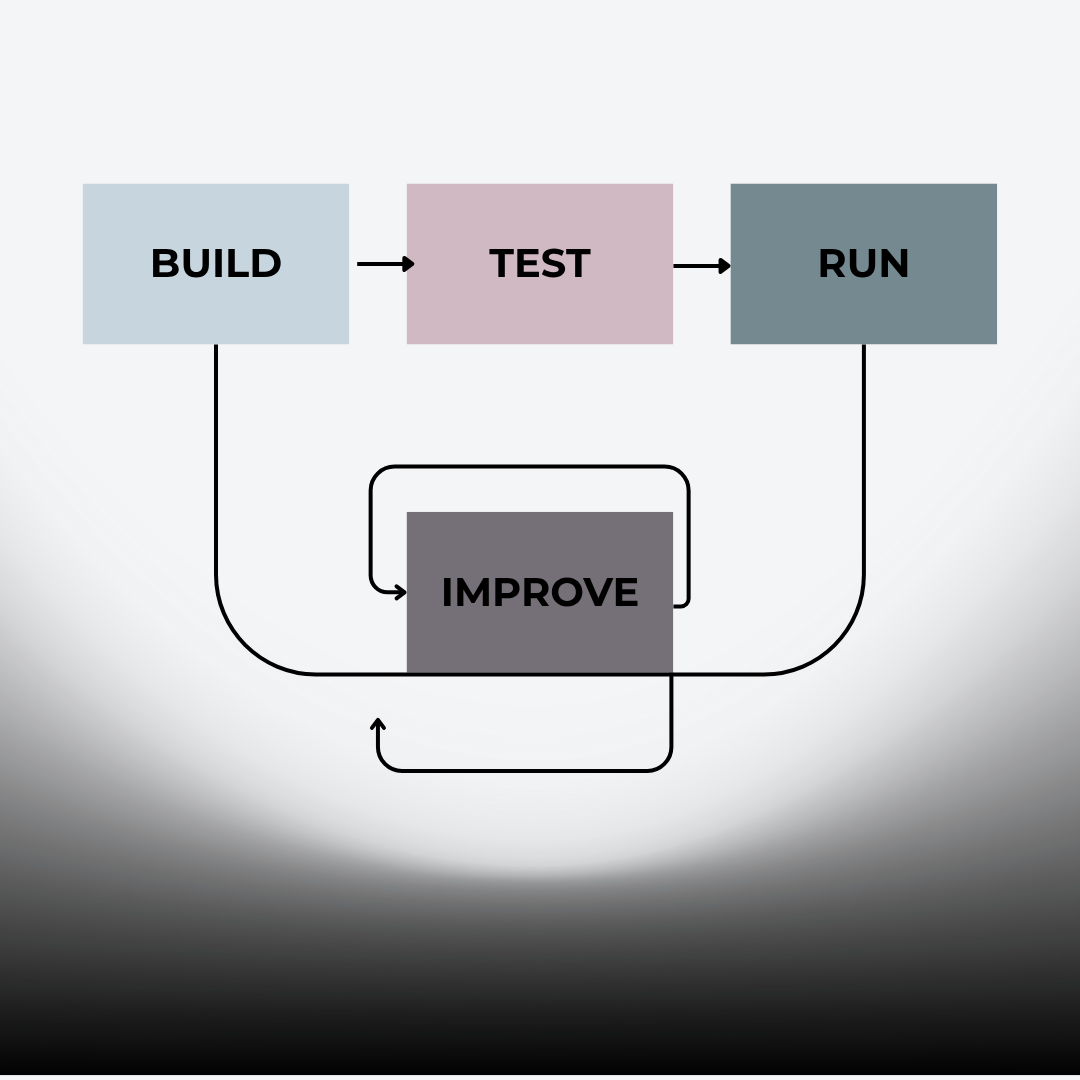Service by Design: Embedding a Smarter Service Introduction and Integration Framework
16 October 2025

Every organisation wants to deliver new services faster. Yet too often, the rush to deploy results in operational disruption, unclear ownership, and costly rework. The missing ingredient is not innovation; it is integration. True speed comes from embedding a smarter Service Introduction and Integration framework that ensures every service is designed for success from day one.
In many enterprises, the handoff between “build” and “run” remains a point of friction. New services are developed with enthusiasm but introduced without consistent criteria for readiness, operability, or supportability. Without clear governance, support teams inherit incomplete documentation, ambiguous responsibilities, and inconsistent configurations, leading to reactive firefighting and delayed value realisation. As digital portfolios expand, the challenge multiplies: how to onboard new services efficiently while maintaining control, quality, and alignment to business outcomes.
KA2 Approach
At KA2, we see Service Introduction and Integration (SII) as a vital maturity step in IT Operating Model evolution. It is the bridge between transformation and sustainability, where strategy meets operational reality. Our approach centres on four principles:
- Design with the end in mind. Every new service must meet defined entry and exit criteria before transition, covering support, documentation, risk, and performance.
- Define accountability early. Service ownership and governance structures must be established at the design stage, not after go-live.
- Enable collaboration through transparency. Shared workflows, checklists, and tooling create a single version of truth across build, test, and run functions.
- Iterate and improve. Each introduction should feed lessons back into the framework, driving cumulative maturity.
In one large-scale engagement, KA2 partnered with a global education organisation to design and embed an SII framework tailored to a multi-regional IT environment. The framework aligned new service onboarding with governance, risk, and knowledge management processes, turning what was once a reactive, ad hoc activity into a predictable, auditable discipline.
Outcomes
The result was not just faster service deployment, but better deployment. Service readiness reviews became integral to project governance, reducing transition issues and unplanned incidents. Operational teams gained confidence that every new service met a consistent standard before acceptance. The framework also enhanced collaboration between engineering, operations, and business stakeholders, fostering shared accountability and clearer communication. Over time, the organisation saw measurable improvements in time-to-value, service stability, and end-user satisfaction.
Looking Ahead
As enterprises embrace platform-based architectures and AI-enabled operations, the Service Introduction and Integration function will evolve again, from a governance checkpoint to a dynamic, data-driven capability. Predictive insights will flag integration risks before deployment, and virtual agents will automate readiness assessments. The goal is continuous, intelligent integration that keeps innovation and stability in perfect balance.
Conclusion
In the modern enterprise, every new service should arrive ready, ready to perform, ready to scale, and ready to deliver value.
Explore your ITSM maturity journey with KA2.
Schedule a short, no-obligation session with our consultants to discuss your operating model, governance, or AI-readiness priorities.